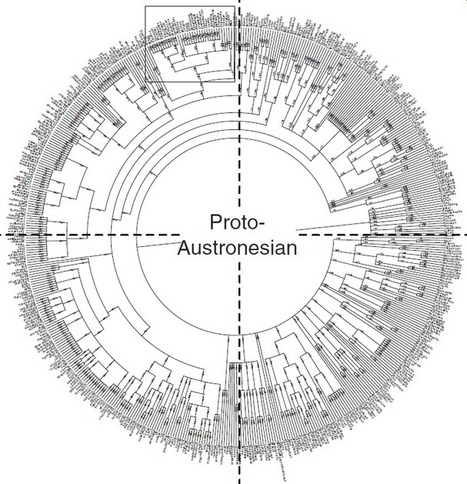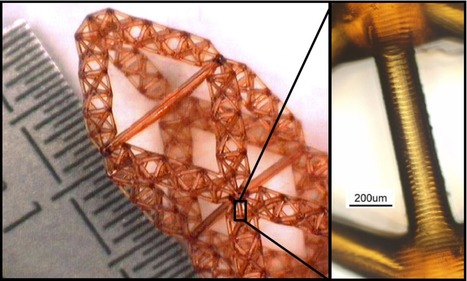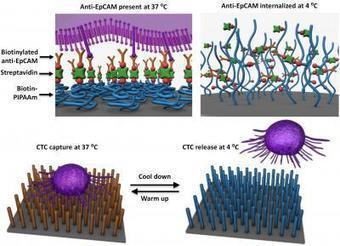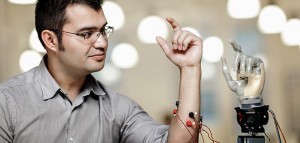This is the world's 1st app-controlled prosthetic hand, and it will change a lot of lives. The user can control the hand's movement with an iPhone/iPad app.
Research and publish the best content.
Get Started for FREE
Sign up with Facebook Sign up with X
I don't have a Facebook or a X account
Already have an account: Login

 Your new post is loading... Your new post is loading...
 Your new post is loading... Your new post is loading...

Shannon Bench's curator insight,
October 18, 2013 9:24 PM
Of course! They were the Hattians! THEY RULE! |

Roberto Insolia's curator insight,
December 18, 2012 1:48 AM
Un innovativo micro-supporto consente di catturare singole cellule tumorali, libere nel sangue; è poi possibile liberarle, conservandole perfettamente integre, in modo da studiarne le caratteristiche a livello molecolare. |





















![[LISTEN] NASA spacecraft records 'Earthsong' | Science News | Scoop.it](https://img.scoop.it/PnHhxwkIAYKeLdcr1EdTejl72eJkfbmt4t8yenImKBVvK0kTmF0xjctABnaLJIm9)






